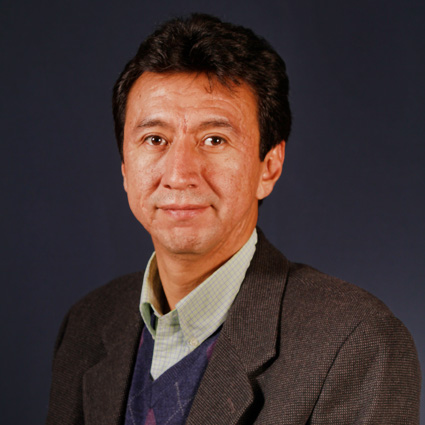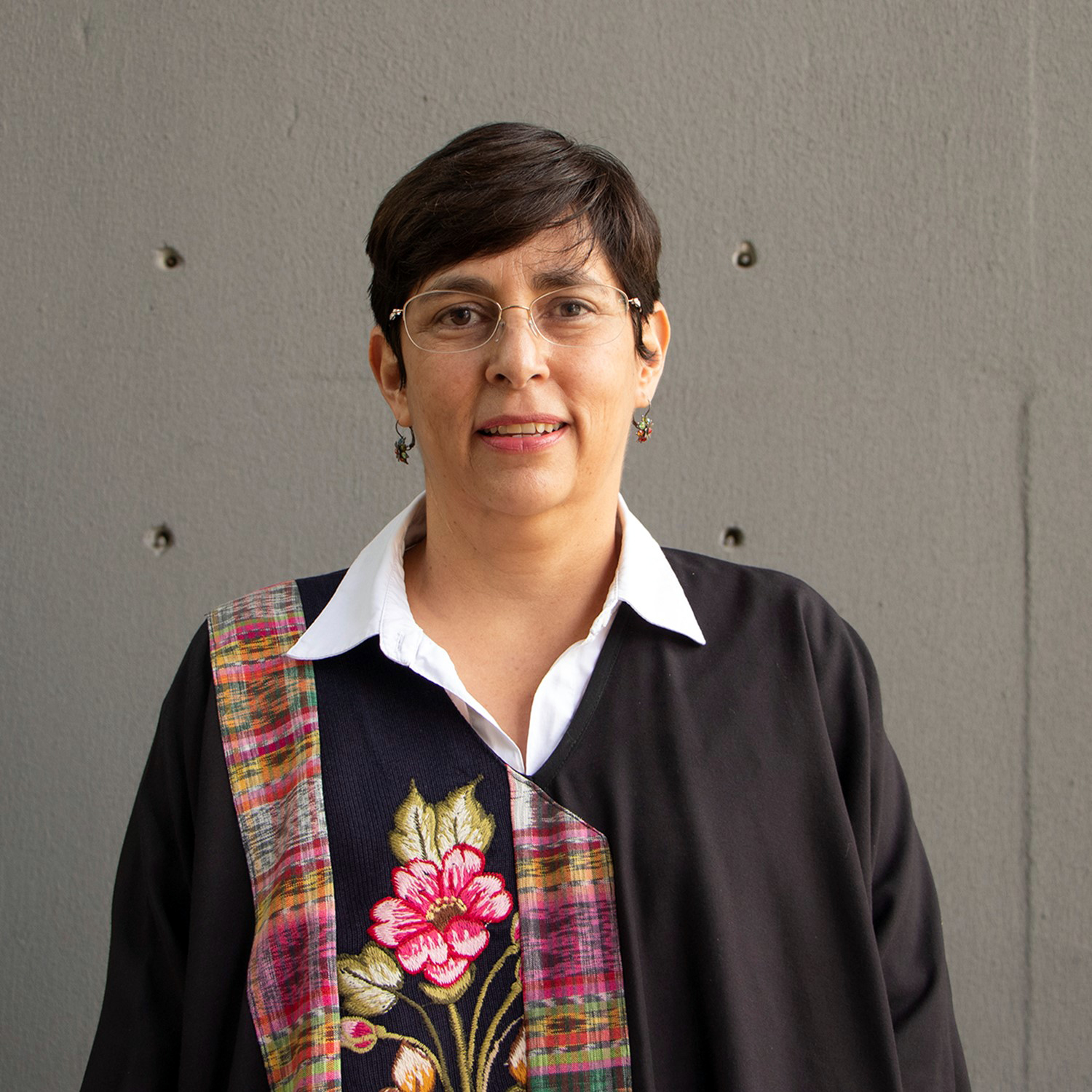Ivan Velasco, Ph.D.

- Title
- Professor
- Department
- Neural Development and Physiology, Neuroscience Division
- Institution
- Universidad Nacional Autónoma de México
- Address
- AP 70-253 Mexico D.F.-04510
- City
- Mexico City
- Country
- Mexico
- [email protected]
- Website
- http://www.ifc.unam.mx/researchers/ivan-velasco/en

- Research field
- Neuroscience; stem cell biology
- Award year
- 2000
- Country of origin
- Mexico
- Mentor name
- Ronald McKay, Ph.D
- Pew distinction
- Innovation Fund investigator
Research
Stem cells are undifferentiated, self-renewing entities that generate specialized descendants. In particular, neural stem cells can be isolated from developing and adult organisms, or from embryonic stem cells in culture. My interest lies on understanding how neuronal differentiation from stem cells takes place. For this purpose, we are using cultured neural stem cells extracted form fetuses, or embryonic stem cells, to activate specific pathways and ask whether the responsive intracellular mediators led the cells to a particular neuronal type. If we can understand cell commitment, this knowledge might change the treatment of neurological conditions on the long term. Thus, we are also working with animal models and grafting techniques, with the ultimate goal of finding conditions in which neurons produced from stem cells will have a positive impact on specific neuro-deficits. More recently, we have started working with induced pluripotent stem cells from neurological patients, to study at cellular and molecular levels the alterations of neurons produced in monolayer or organoid cultures.
As an Innovation Fund investigator, Ivan Velasco, Ph.D., is teaming up with Susana Castro-Obregón, Ph.D., to explore the protective mechanisms against aging in naked mole rats (NMRs) and Mexican axolotls. Specifically, the pair will examine how autophagy, the cellular process of clearing away debris and damaged cells, contributes to the longevity and regenerative properties in these unique organisms. As we age, autophagy often becomes dysregulated and can contribute to neurodegeneration and the buildup of damaged cells. NMRs not only have an extended lifespan of over 30 years, but neuronal function in these animals is also well maintained at old age. Mexican axolotls are known to possess regenerative capabilities and can regrow both their spinal cords and part of their brains after mechanical damage. Combining expertise from Velasco’s work in neuronal biology and Castro-Obregón’s research in autophagy, the pair aims to take advantage of these unique animals to explore autophagy in the context of neurodegeneration and aging. They will employ molecular, cellular, and pharmacological approaches to compare how autophagy and cell senescence function in NMRs and will use sequencing methods to dissect changes in genes related to autophagy in these animals. This work has the potential to advance our understanding of neural regeneration and inform new approaches for the treatment of neurodegenerative disorders such as Alzheimer’s and Parkinson’s diseases.
